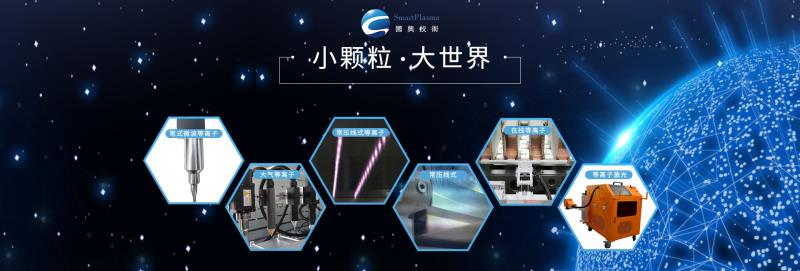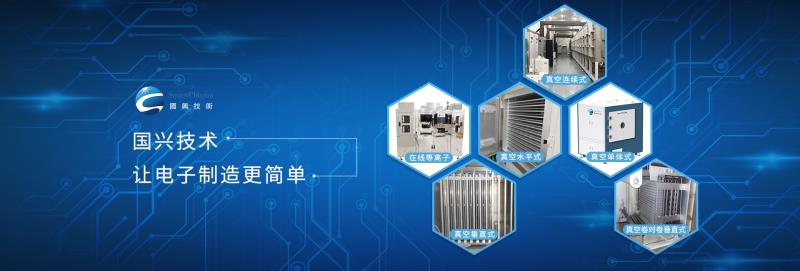
What is the difference between smartplasma atmospheric plasma and vacuum plasma? Atmospheric plasma: Structure: Simple structure, can be inserted into existing production line Function: surface cleaning and activation Area of action: similar to a point-shaped area, which requires reciprocating motion processing Capacity: very high Operating cost: CDA or nitrogen, low cost

Vacuum plasma: Structure: requires a vacuum system as an independent workstation Function: surface cleaning/activation, glue removal/activation in the hole, substrate etching Area of action: large area, good uniformity Capacity: General

As for whether to choose atmospheric plasma equipment or vacuum plasma equipment, you can choose according to your own products, or you can call, our company will provide you with professional customized solutions. Glow is emitted when plasma treatment is used, so it is called glow discharge treatment. The mechanism of plasma treatment mainly relies on the "activation" of the active particles in the plasma to achieve the purpose of removing stains on the surface of the object. In terms of reaction mechanism, plasma cleaning usually includes the following processes: inorganic gas is excited into a plasma state; gas phase substances are adsorbed on the solid surface; adsorbed groups react with solid surface molecules to form product molecules; product molecules resolve to form a gas phase; reaction The residue is detached from the surface. The biggest feature of plasma cleaning technology is that regardless of the type of substrate to be processed, it can be processed. It can treat metals, semiconductors, oxides and most polymer materials, such as polypropylene, polyester, polyimide, and polychloride. Ethane, epoxy, and even polytetrafluoroethylene can be handled well, and can be used to clean the whole, part, and complex structures.
Tags:



Consult now